READY TO GET STARTED?
REQUEST A FREE ESTIMATE
Fill out the form below or call (888) 466-7849 for a free, no-obligation estimate.
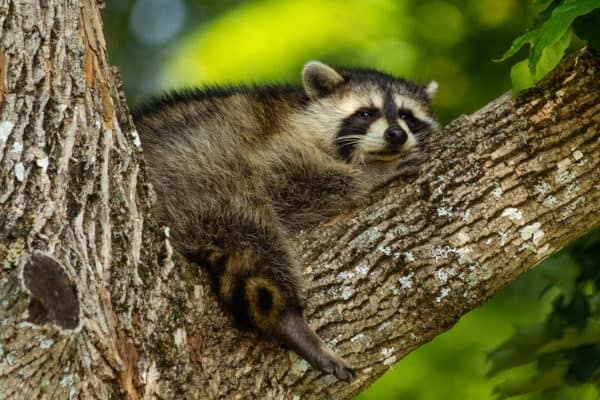
While we most often think of wildlife being a problem in the winter months, these animals don’t just disappear when the weather gets warm. Wildlife can still be quite active in the summer, wreaking havoc on our homes and gardens. Whatever the time of year, preventing and controlling these nuisance pests is of the utmost importance, as they not only cause damage to homes and property, but can also pose significant health risks to both humans and pets. Wildlife prevention (also known as wildlife exclusion) is the first line of control against critters; however, once they have established themselves in or around your home, wildlife removal becomes a more necessary option. Let’s look at some common summer wildlife, as well as ways to exclude them from your home.
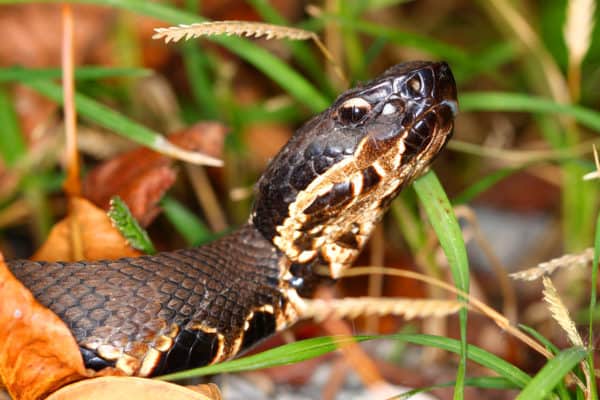
Snakes are cold-blooded animals that require heat and sunlight for energy. They are more active in the summer months because they require more energy for mating. Too much exposure can overheat them so snakes are typically more active in the early morning and late evenings or at night in the summertime. They will also seek out shelter during the hottest parts of the day in cool, dark places like underneath rocks and decks or in basements. Snakes will choose where they live based on the availability of food, shelter, and shade.
To prevent snakes this summer:
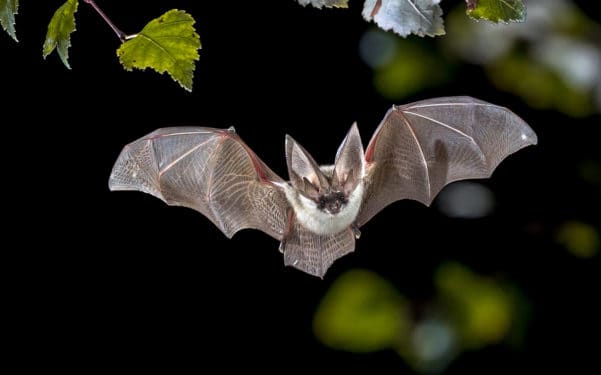
While bats are scary to many people, they are actually quite beneficial at keeping insect populations down. In the southern United States, many bat species are active year-round. Bats enter homes through openings. They can cause damage in homes by ruining insulation, causing structural damage when their urine soaks through to sheet rock or particle board, and their urine and feces causing health concerns for occupants of the home. Bats also carry serious diseases such as rabies, with 1 to 3 cases of bat transmitted rabies occurring each year. Bats are nocturnal and emerge at dusk in search of food. Female bats search for summer roosts where they stay until they have their young. For this reason, unless there is a threat to public health, eviction or exclusion of bats should not take place between April and August. Colonies will disband in late summer as bats leave for their winter roosts.
To prevent bats in the summer:
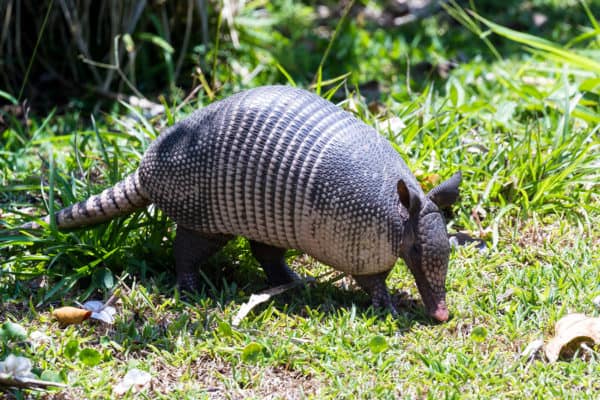
Armadillos mate in the fall, with their young born in the spring, making them very active in the summer months. They prefer habitats near streams or other water sources with sandy or clay soil. They are often found in forests, woodlands, prairies, salt marshes, coastal dunes, pastures, cemeteries, parks, golf courses, and crop lands. They love to nest in rock piles, around trees and shrubs, and under rock slabs. Armadillos dig burrows that can be up to 25 feet long, which can significantly damage tree roots. These burrows can also cause flooding if they are dug around crawlspaces, patios, or walkways. Armadillos have poorly developed teeth and limited mobility. they have poor eyesight but a keen sense of smell. They have very few natural predators. They are strong diggers which they rely on to find shelter and food and causing most of the damage around your home and property. Armadillos will eat fruit (especially from gardens and compost piles), grubs, worms, beetles, wasps, ants, millipedes, centipedes, and snails.
To prevent armadillos in the summer:
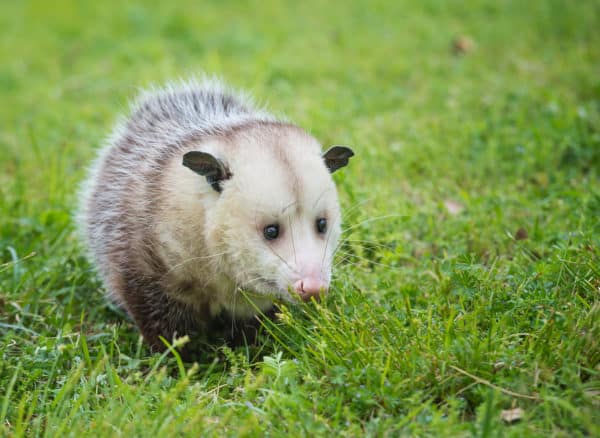
Opossum females are laden with their young in the summer months, making them more active in their search for food. Opossums are found throughout the United States. They live in trees and will stay in them as much as possible. They also prefer wet areas like marshes and swamps. Opossums are nocturnal and will forage for food at night. They are beneficial in they eat harmful and unwanted pests around your home. They prefer to eat snails, slugs, spiders, cockroaches, rats, mice and snakes. They will also eat nuts, grass, fruit, roadkill, and garbage. They are rarely aggressive and will play dead when they feel threatened.
To prevent opossums this summer:
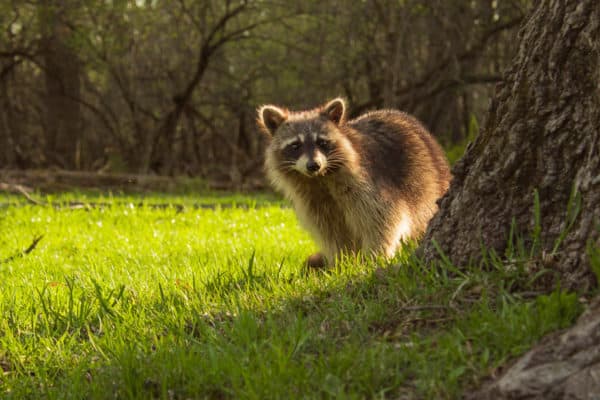
Raccoons are highly intelligent and curious animals. They typically give birth to their young in April and May, making them very active in the summer months. They are found throughout the United States. They prefer to live in heavily wooded areas with access to trees, water, and vegetation. They are extremely adaptable, however, and will make their homes in attics, sewers, barns, and sheds. They are dexterous, capable of opening doors, jars, bottles, and latches. They are known to carry several bacterial diseases. Raccoons are nocturnal animals, searching for food at night. They will eat almost anything including birds, eggs, fish, shellfish, frogs, fruit, insects, nuts, seeds, and even snakes. They are known to destroy gardens, tip over garbage cans, and cause structural damage in their quest for food.
To prevent raccoons this summer:
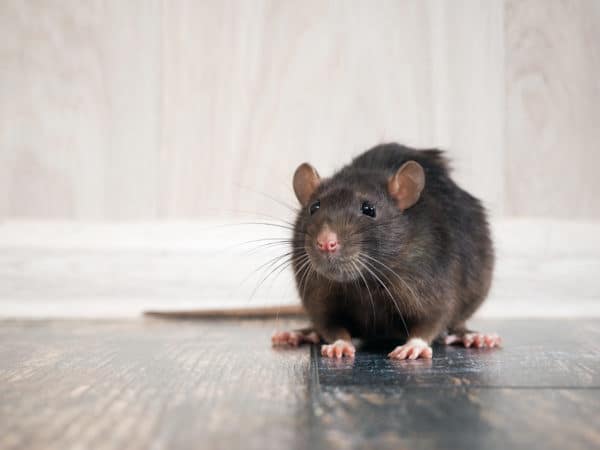
Rats are active year-round. The summer provides them with ample sources of food making them very active. They are also busy making burrows and storing food in preparation for the winter. Rats can reproduce very quickly so control and elimination can be extremely difficult. They are excellent climbers and are well adapted to living in human environments. Rats can contaminate food, cause fire hazards by chewing through wires, and their urine and feces can cause serious health concerns.
To prevent rats this summer:
Prevention is always a good first step at keeping wildlife away. Once you have a wildlife issue, however, prevention usually needs to shift to removal and exclusion. Consider contacting a professional wildlife control company who can assess your wildlife issue and provide you with the safest and most appropriate treatment and prevention options.
How Long Does A Mosquito Treatment Last?
Summer’s HOT Temperatures Damage Your Lawn?
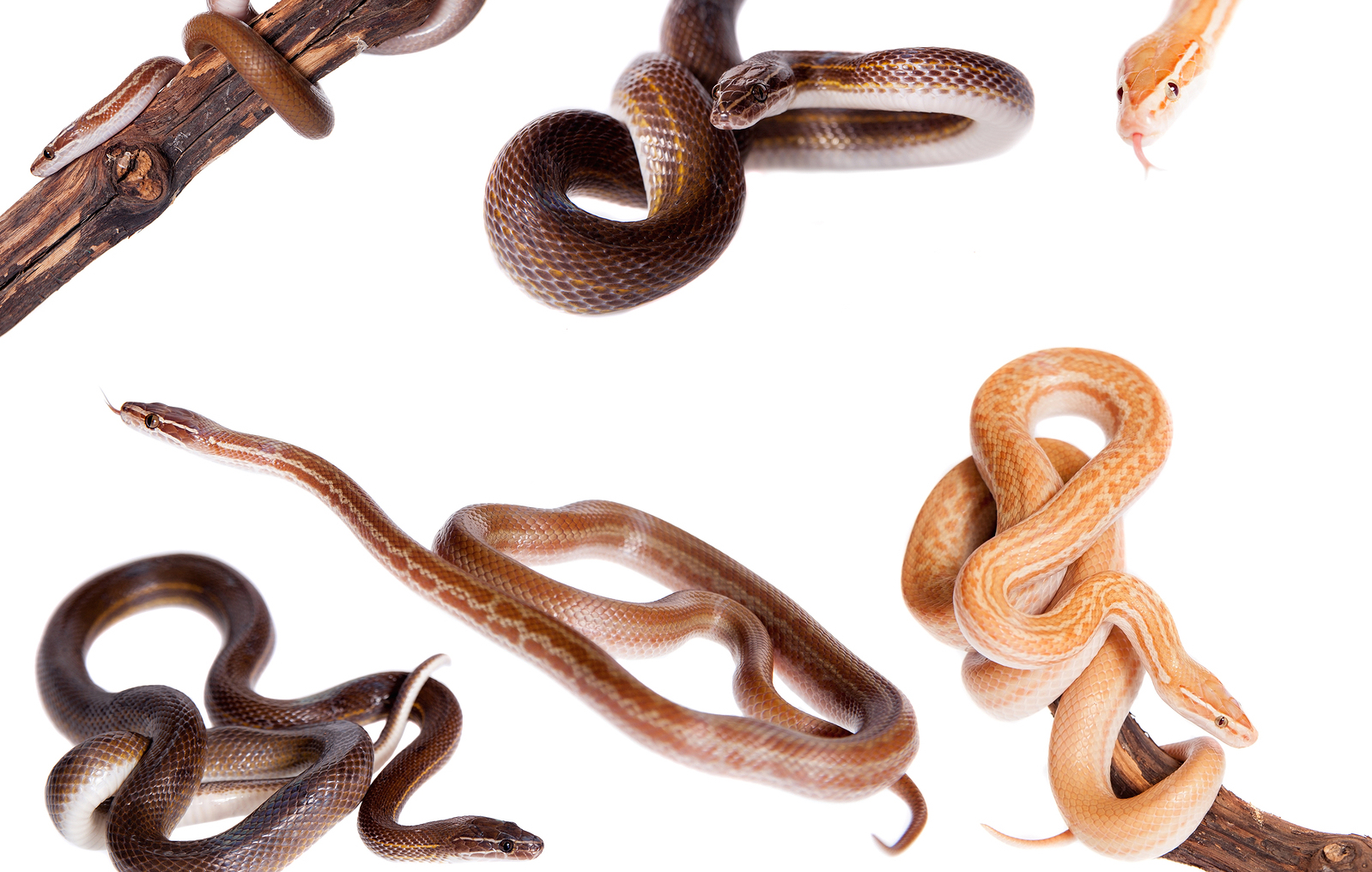
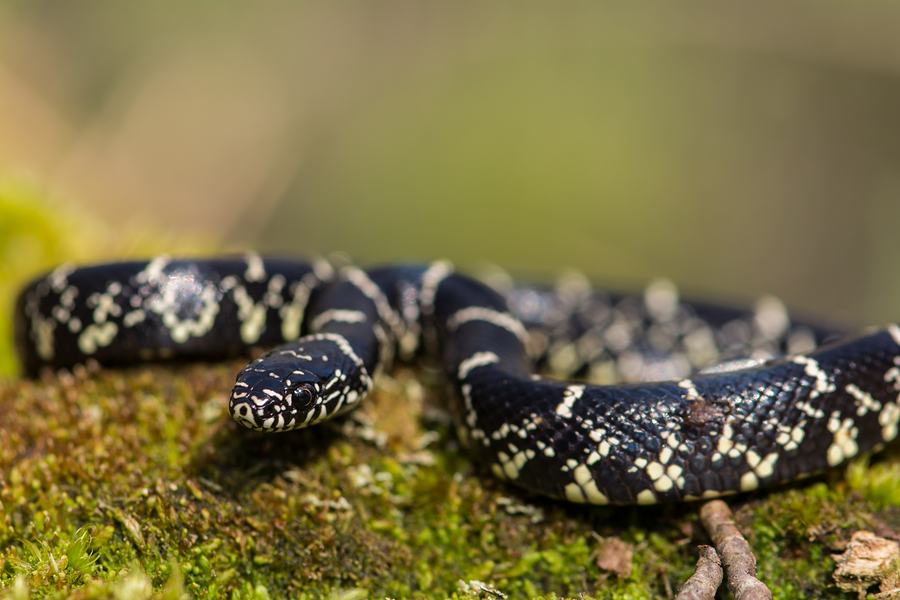
What do they look like?
Where do you find them?
How dangerous are they?
How do you prevent and/or control them?
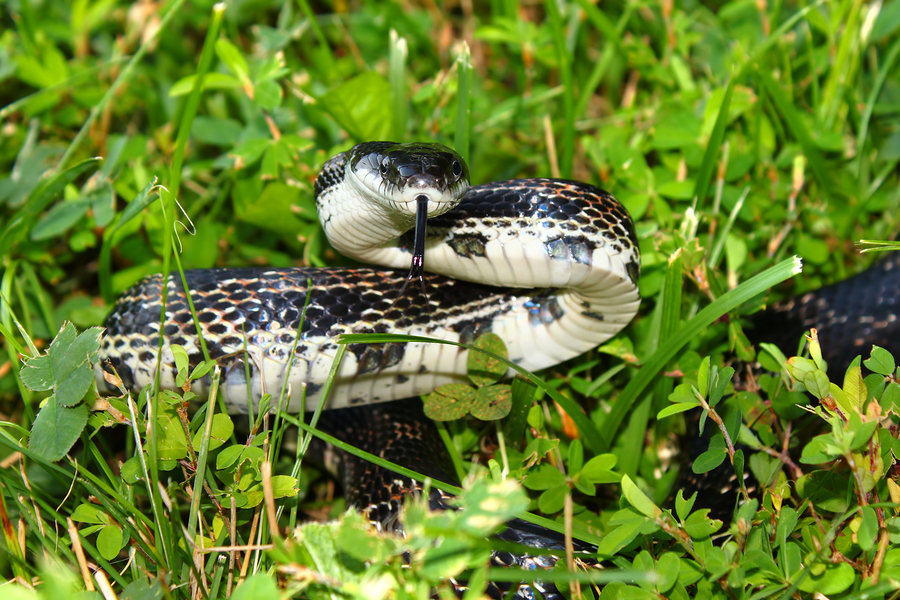
What do they look like?
Where do you find them?
How dangerous are they?
How do you prevent and/or control them?
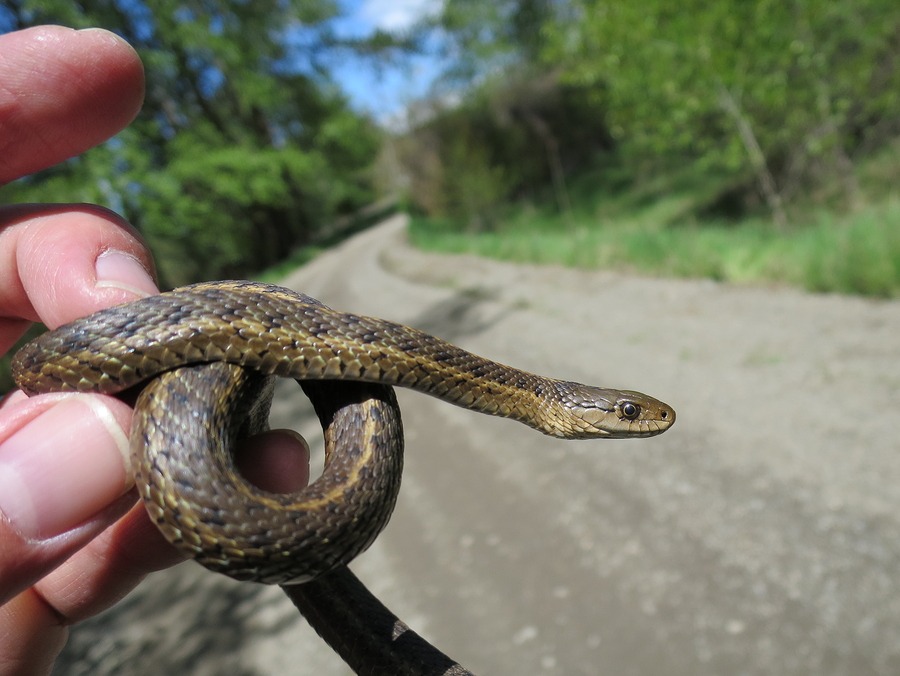
What do they look like?
Where do you find them?
How dangerous are they?
How do you prevent and/or control them?
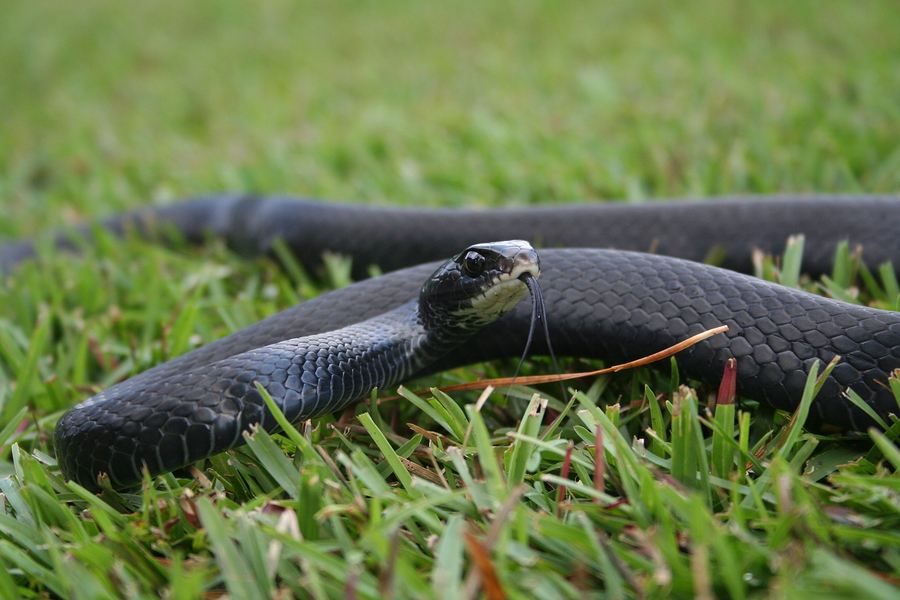
What do they look like?
Where do you find them?
How dangerous are they?
How do you prevent and/or control them?
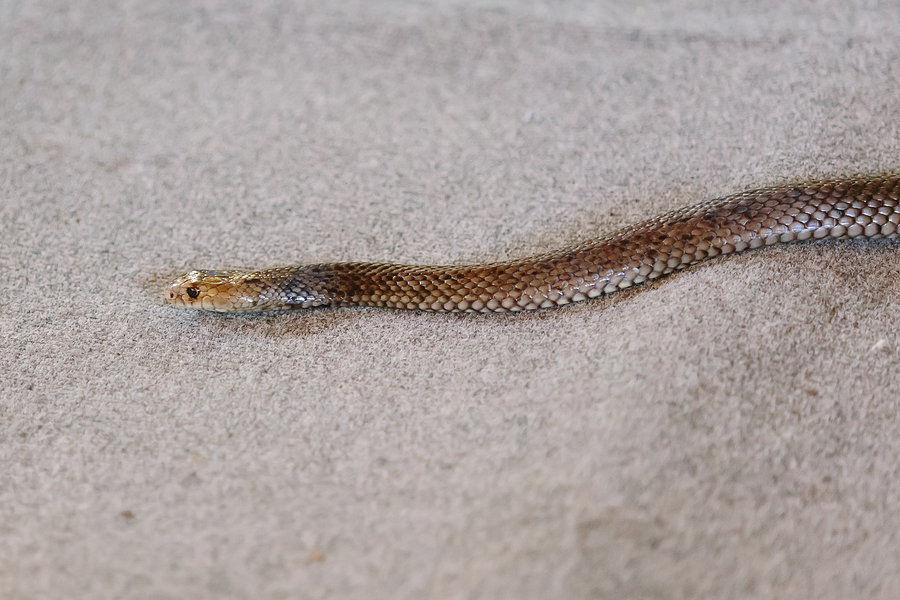
What do they look like?
Where do you find them?
How dangerous are they?
How do you prevent and/or control them?
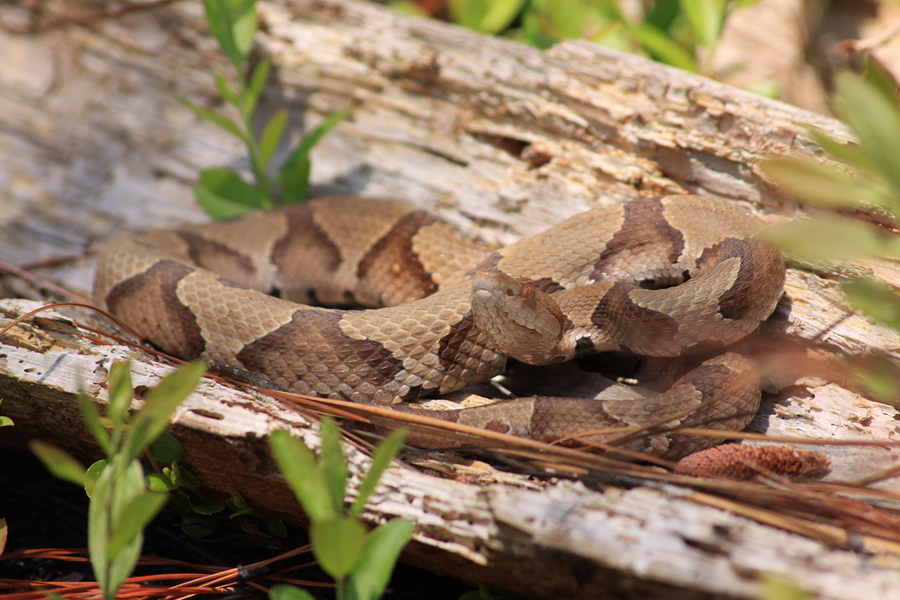
What do they look like?
Where do you find them?
How dangerous are they?
How do you prevent and/or control them?
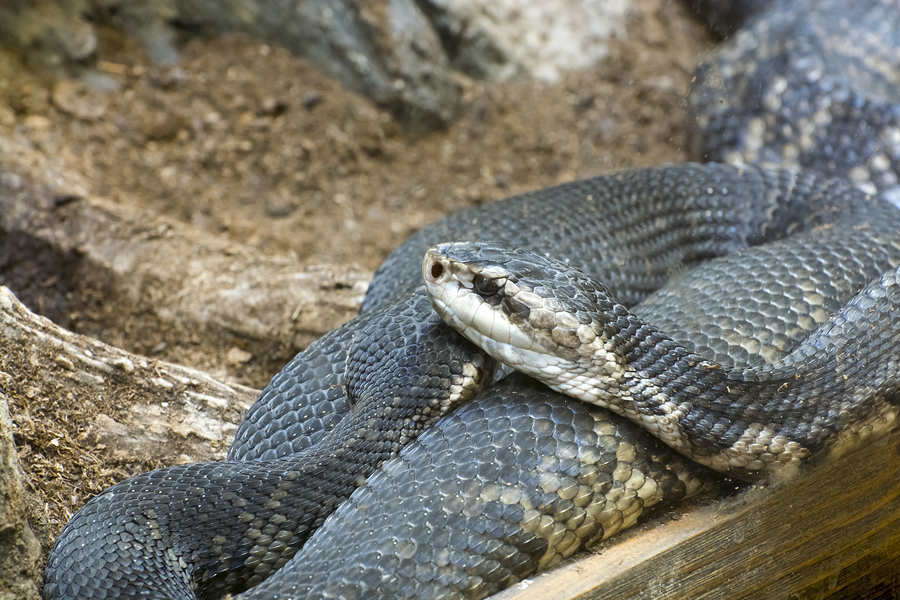
What do they look like?
Where do you find them?
How dangerous are they?
How do you prevent and/or control them?
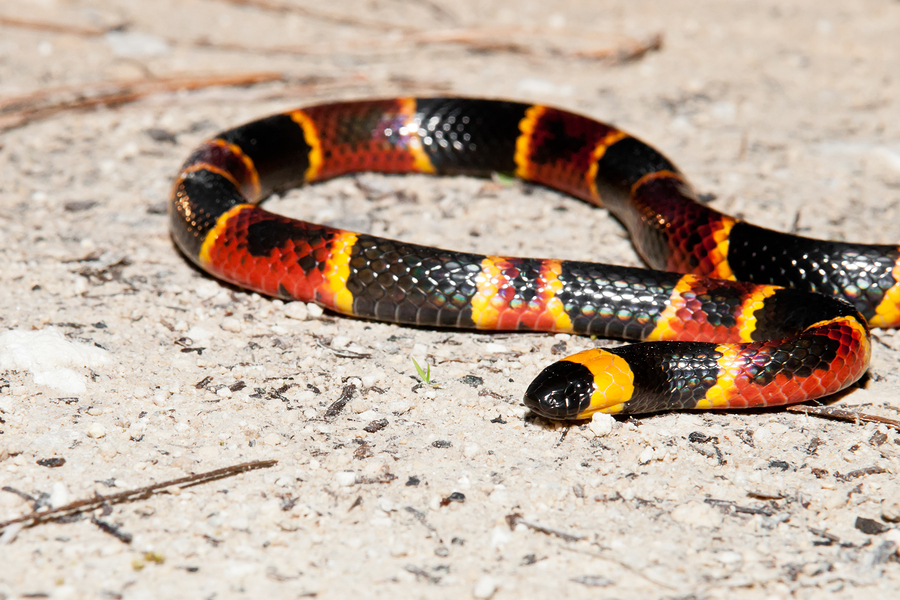
What do they look like?
Where do you find them?
How dangerous are they?
How do you prevent and/or control them?
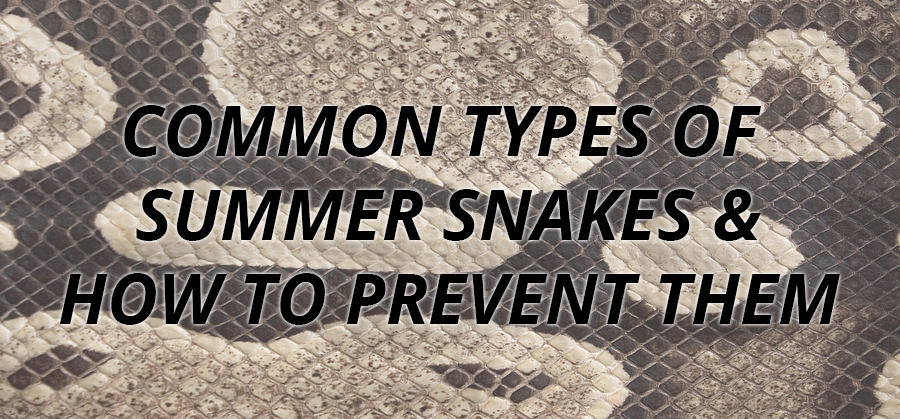
It’s officially summer! While outside enjoying the warm weather, beware. Snakes are also active this time of year, soaking up the sunshine and in search of abundant food sources – around rocks, in gardens, on stone patios, around brush & vegetation, or even in attics, crawlspaces and basements. Here are some common snakes you may encounter in Southern states and what you can do to keep them away from your home.

King snakes are usually large, black with white or yellow bands, with a short, blunt mouth and face. They’re commonly found in protected areas such as woods, overgrown vegetation, and cluttered areas. Although king snakes are non-venomous, they may bite if threatened. Keep them away from your home by eliminating food sources (rodents, birds, etc.), wood, clutter, and overgrown vegetation. You can also use a preventative snake repellent product, although these treatments are not always effective.

Rat snakes are large, usually ranging from 3-6+ feet in length and their color depends on what region they’re found in – usually black, yellow with stripes, or grey with darker patches. You’ll usually encounter rat snakes in semi-protected areas such as woods, over grown vegetation, swamps, or abandoned/vacant buildings. They’re known to climb if there’s a food source within reach and will bite if threatened (non-venomous). Keep them away from your home by eliminating their favorite food source – small rodents. For rodent control, contact your local wildlife removal company.

Garter snakes are small to medium-sized snakes with three vertical, yellow stripes on a dark-colored body. They prefer to hang out around protected areas such as woods and marshes, but are also very common in grassy areas and around water. Garter snakes can be found in mostly any suburban area throughout the southeast and U.S. as long as there is cover for them. Limit food sources around your home to keep them away – insects, lizards, small rodents, etc.

Black racers are large snakes, usually 5+ feet long, with slender, black bodies (sometimes with a white chin), and are often confused with other black snakes. Black racer snakes can be found throughout the eastern U.S. in nearly any habitat, but are more abundant near forest edges, old fields, or wetland edges. They’re non-venomous snakes but may bite if provoked. Keep them away from your home by reducing potential food sources (insects, lizards, snakes, birds, rodents, & amphibians) with regular pest control or bird control services.

Brown snakes are small (6-13″ long), brown or sometimes yellowish, reddish, or grayish-brown with rows of darker spots on the back, and are common in wooded areas, near wetlands, urban areas, under debris in residential areas, and any other area with adequate ground cover (but not found in areas of high elevation). Brown snakes are the most common snake seen in urban environments. Because brown snakes prefer to eat insects like earthworms, snails, and slugs, it’s important to eliminate sources of moisture, debris, and vegetation around your home’s exterior to keep them away.

Copperheads are large snakes, 2-4 feet long with heavy bodies. They have a distinct, triangular-shaped head, are tan to brown with hour glass shaped darker bands running across the body, while juvenile copperheads have a distinct yellow tail tip. You’ll encounter copperhead snakes throughout central and eastern US, excluding some southern portions of Georgia and all of Florida, in semi-protected areas such as woods and swamps, but also in suburban areas. Copperheads are venomous snakes that will bite if bothered. To prevent copperhead snakes, eliminate potential food sources – mice, small birds, lizards, other small snakes, amphibians, and insects – and use caution when outside at night in the summer.

Water moccasins, also referred to as cottonmouth snakes, are large snakes, 2-4 feet long with very heavy bodies, of varying colors – solid brown to brown or yellow with dark cross bands (juveniles have a yellow tip) – with distinctly triangular heads. Water moccasins are venomous snakes known to open their mouths wide when threatened (which is white on the inside, hence the name “cottonmouth”). They’re found throughout the southeast, but are slightly more common in coastal regions, in freshwater habitats, cypress swamps, river floodplains, and heavily vegetated wetlands. It’s unlikely you’ll see water moccasins around your home unless you live near bodies of freshwater.

Coral snakes are medium-sized snakes, 1.5-2.5 feet long, brightly-colored red, yellow, and black, commonly found throughout much of the southern coastal plain (most common in Florida), in pine and scrub sandhill habitats, hardwood forests and pine flatwoods that flood, and suburban areas; they spend the majority of their time underground. Coral snakes are venomous and, when threatened, will lift their tail with the tip of the tail curled over.

It’s officially summer! While outside enjoying the warm weather, beware. Snakes are also active this time of year, soaking up the sunshine and in search of abundant food sources – around rocks, in gardens, on stone patios, around brush & vegetation, or even in attics, crawlspaces and basements. Here are some common snakes you may encounter in Southern states and what you can do to keep them away from your home.

King snakes are usually large, black with white or yellow bands, with a short, blunt mouth and face. They’re commonly found in protected areas such as woods, overgrown vegetation, and cluttered areas. Although king snakes are non-venomous, they may bite if threatened. Keep them away from your home by eliminating food sources (rodents, birds, etc.), wood, clutter, and overgrown vegetation. You can also use a preventative snake repellent product, although these treatments are not always effective.

Rat snakes are large, usually ranging from 3-6+ feet in length and their color depends on what region they’re found in – usually black, yellow with stripes, or grey with darker patches. You’ll usually encounter rat snakes in semi-protected areas such as woods, over grown vegetation, swamps, or abandoned/vacant buildings. They’re known to climb if there’s a food source within reach and will bite if threatened (non-venomous). Keep them away from your home by eliminating their favorite food source – small rodents. For rodent control, contact your local wildlife removal company.

Garter snakes are small to medium-sized snakes with three vertical, yellow stripes on a dark-colored body. They prefer to hang out around protected areas such as woods and marshes, but are also very common in grassy areas and around water. Garter snakes can be found in mostly any suburban area throughout the southeast and U.S. as long as there is cover for them. Limit food sources around your home to keep them away – insects, lizards, small rodents, etc.

Black racers are large snakes, usually 5+ feet long, with slender, black bodies (sometimes with a white chin), and are often confused with other black snakes. Black racer snakes can be found throughout the eastern U.S. in nearly any habitat, but are more abundant near forest edges, old fields, or wetland edges. They’re non-venomous snakes but may bite if provoked. Keep them away from your home by reducing potential food sources (insects, lizards, snakes, birds, rodents, & amphibians) with regular pest control or bird control services.

Brown snakes are small (6-13″ long), brown or sometimes yellowish, reddish, or grayish-brown with rows of darker spots on the back, and are common in wooded areas, near wetlands, urban areas, under debris in residential areas, and any other area with adequate ground cover (but not found in areas of high elevation). Brown snakes are the most common snake seen in urban environments. Because brown snakes prefer to eat insects like earthworms, snails, and slugs, it’s important to eliminate sources of moisture, debris, and vegetation around your home’s exterior to keep them away.

Copperheads are large snakes, 2-4 feet long with heavy bodies. They have a distinct, triangular-shaped head, are tan to brown with hour glass shaped darker bands running across the body, while juvenile copperheads have a distinct yellow tail tip. You’ll encounter copperhead snakes throughout central and eastern US, excluding some southern portions of Georgia and all of Florida, in semi-protected areas such as woods and swamps, but also in suburban areas. Copperheads are venomous snakes that will bite if bothered. To prevent copperhead snakes, eliminate potential food sources – mice, small birds, lizards, other small snakes, amphibians, and insects – and use caution when outside at night in the summer.

Water moccasins, also referred to as cottonmouth snakes, are large snakes, 2-4 feet long with very heavy bodies, of varying colors – solid brown to brown or yellow with dark cross bands (juveniles have a yellow tip) – with distinctly triangular heads. Water moccasins are venomous snakes known to open their mouths wide when threatened (which is white on the inside, hence the name “cottonmouth”). They’re found throughout the southeast, but are slightly more common in coastal regions, in freshwater habitats, cypress swamps, river floodplains, and heavily vegetated wetlands. It’s unlikely you’ll see water moccasins around your home unless you live near bodies of freshwater.

Coral snakes are medium-sized snakes, 1.5-2.5 feet long, brightly-colored red, yellow, and black, commonly found throughout much of the southern coastal plain (most common in Florida), in pine and scrub sandhill habitats, hardwood forests and pine flatwoods that flood, and suburban areas; they spend the majority of their time underground. Coral snakes are venomous and, when threatened, will lift their tail with the tip of the tail curled over.